Home>Gardening & Outdoor>Landscaping Ideas>How Long Does June Grass Last
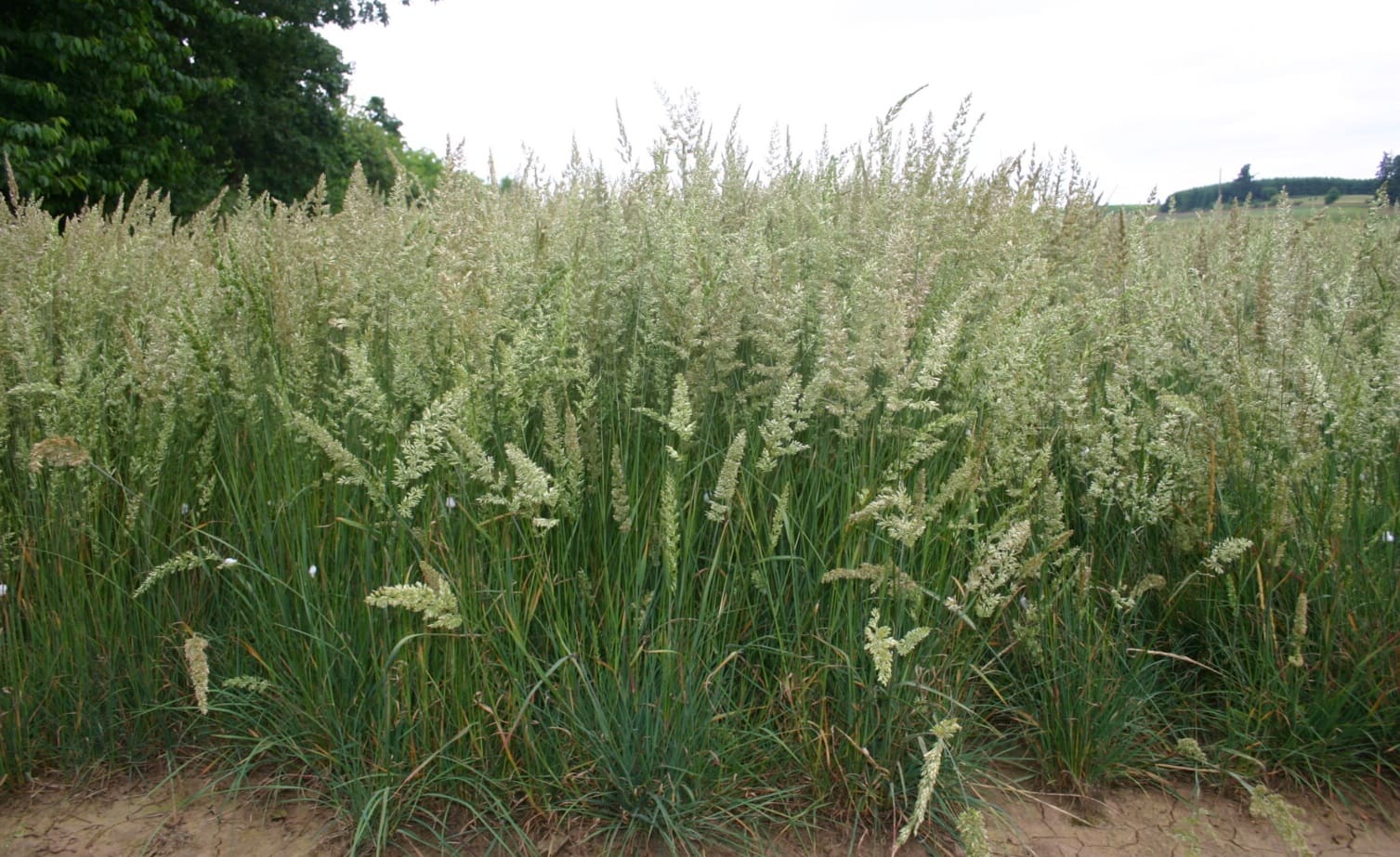

Landscaping Ideas
How Long Does June Grass Last
Published: February 1, 2024
Discover effective landscaping ideas to manage and eliminate June grass in your yard. Learn how long June grass lasts and practical solutions for a lush, green lawn. Unlock expert tips for a vibrant outdoor space.
(Many of the links in this article redirect to a specific reviewed product. Your purchase of these products through affiliate links helps to generate commission for Storables.com, at no extra cost. Learn more)
Introduction
Welcome to the enchanting world of landscaping, where nature’s beauty unfolds in mesmerizing ways. As the warm breeze of summer caresses the earth, it brings with it the seasonal spectacle of June Grass. This natural phenomenon adds a touch of magic to outdoor spaces, but it also raises questions about its duration and impact. In this article, we’ll delve into the captivating realm of June Grass, exploring its nature, lifespan, environmental significance, and management strategies. By the end, you’ll have a deeper understanding of this ephemeral greenery and how to embrace it in your outdoor haven.
Key Takeaways:
- June Grass typically lasts for several weeks during early to mid-summer, adding a touch of magic to outdoor spaces with its vibrant greenery and delicate beauty.
- Factors like climate, soil quality, and species adaptability influence the duration of June Grass, highlighting the intricate dynamics that govern its seasonal presence.
Read more: How Long Does Pesticide Last On Grass
What is June Grass?
June Grass, scientifically known as Koeleria macrantha, is a perennial grass species that thrives in various habitats, including meadows, prairies, and open woodlands. Its delicate, feathery blades create a soft, lush carpet that graces landscapes with a verdant charm. This grass species is particularly renowned for its vibrant growth during the early summer months, hence the name “June Grass.”
With its slender stems swaying gently in the breeze, June Grass adds a touch of elegance to outdoor spaces, creating a picturesque backdrop for leisurely strolls and serene picnics. Its fine texture and emerald hue make it a popular choice for naturalistic landscaping, where it harmonizes with wildflowers and other native flora, enhancing the visual appeal of gardens and open fields.
Beyond its aesthetic allure, June Grass plays a vital ecological role by providing habitat and forage for various wildlife species. Small mammals, insects, and birds find shelter and sustenance within its verdant embrace, fostering a thriving ecosystem within its midst.
Factors Affecting June Grass Duration
The duration of June Grass’s vibrant display is influenced by a myriad of factors, each contributing to its ephemeral yet captivating presence in the natural landscape. Understanding these determinants can shed light on the intricate dynamics that govern this seasonal spectacle.
- Climate: The prevailing climatic conditions play a pivotal role in dictating the duration of June Grass. Adequate moisture, moderate temperatures, and ample sunlight create an ideal environment for robust growth, prolonging its seasonal showcase. Conversely, extreme heat or drought may curtail its lifespan, leading to a briefer display of its verdant splendor.
- Soil Quality: The composition and fertility of the soil significantly impact the longevity of June Grass. Well-drained, nutrient-rich soils provide an optimal foundation for sustained growth, enabling the grass to thrive and endure throughout the summer months. Conversely, poor soil quality may impede its development and shorten its seasonal presence.
- Species Adaptability: The inherent resilience and adaptability of the specific June Grass species in a given region influence its ability to withstand environmental stressors and thrive over an extended period. Certain variants may exhibit greater tolerance to adverse conditions, thereby extending their seasonal tenure.
- Competition and Biodiversity: Interactions with neighboring plant species and the overall biodiversity of the ecosystem can influence the duration of June Grass. Intense competition for resources, such as water and sunlight, may impact its longevity, while a diverse and balanced ecosystem can foster its sustained presence.
- Human Intervention: Land management practices, such as mowing, grazing, or the introduction of non-native species, can directly impact the duration of June Grass. Thoughtful stewardship of natural landscapes can support its prolonged presence, while inadvertent disturbances may disrupt its seasonal cycle.
By considering these multifaceted factors, we gain a deeper appreciation for the nuanced interplay of nature’s elements in shaping the duration of June Grass’s captivating display. As we explore its temporal beauty, we are reminded of the intricate web of ecological influences that orchestrate this enchanting seasonal phenomenon.
Duration of June Grass
The duration of June Grass’s verdant splendor varies across different regions and environmental conditions, offering a captivating yet fleeting display of nature’s seasonal artistry. Typically, the peak period of June Grass’s lush growth and vibrant presence spans several weeks, encompassing the early to mid-summer months.
During this time, the delicate blades of June Grass unfurl in a tapestry of greenery, adorning meadows, open fields, and natural landscapes with their ethereal beauty. The peak season may extend from late spring through early summer, casting a spellbinding allure over outdoor spaces and captivating the senses with its tranquil charm.
As the summer progresses, the duration of June Grass’s prominence may gradually wane, influenced by factors such as temperature fluctuations, precipitation patterns, and ecological dynamics. In some regions, the grass may persist in a subdued state, retaining a subtle presence amid the changing tapestry of the natural landscape. However, in other areas, the vibrant display of June Grass may yield to the evolving rhythms of the season, marking the transition to other botanical highlights.
While the peak duration of June Grass’s lush abundance may be relatively brief, its ephemeral presence holds a timeless allure, evoking the transient yet captivating essence of seasonal beauty. The fleeting nature of this natural spectacle serves as a poignant reminder of the ever-changing tapestry of the natural world, where each season unfolds with its unique vignettes of botanical grace and ephemeral splendor.
Embracing the transient allure of June Grass, we are beckoned to savor its fleeting presence, cherishing the moments when the landscape is adorned with its verdant elegance. As we witness the ebb and flow of its seasonal tenure, we are reminded of the profound beauty woven into nature’s ever-unfolding tapestry, inviting us to pause and immerse ourselves in the timeless enchantment of the natural world.
June grass typically lasts throughout the summer months, from late spring to early fall. It is most prevalent in the Gulf of Mexico and can be a nuisance for beachgoers. Keep an eye out for beach advisories and be cautious when swimming or walking on the beach.
Impact of June Grass on the Environment
June Grass, with its delicate yet resilient presence, exerts a multifaceted impact on the natural environment, contributing to the ecological tapestry in diverse and profound ways. Its influence extends beyond its visual appeal, encompassing ecological dynamics, wildlife habitat, and soil conservation.
Wildlife Habitat: The lush growth of June Grass creates a haven for diverse wildlife species, offering shelter, forage, and nesting sites for small mammals, insects, and birds. Its dense foliage provides protective cover and sustenance, fostering a thriving ecosystem within its verdant embrace. As a vital component of the ecological food web, June Grass plays a pivotal role in sustaining biodiversity and supporting the intricate web of life within its habitat.
Soil Conservation: The extensive root system of June Grass anchors the soil, mitigating erosion and enhancing soil stability. Its presence contributes to soil conservation efforts, preventing the loss of valuable topsoil and preserving the integrity of the natural landscape. By fostering soil health and stability, June Grass contributes to the long-term sustainability of the ecosystem.
Ecosystem Dynamics: The presence of June Grass influences the ecological dynamics of its habitat, shaping interactions among plant species, wildlife, and the broader ecosystem. Its seasonal growth patterns and nutrient cycling contribute to the intricate balance of the natural landscape, fostering resilience and diversity within the ecosystem. As an integral component of the local flora, June Grass enriches the ecological fabric, contributing to the overall health and vitality of the environment.
By recognizing the far-reaching impact of June Grass on the environment, we gain a deeper appreciation for its role in shaping the ecological dynamics of natural landscapes. Its influence extends beyond its visual allure, encompassing a tapestry of ecological interactions and contributions that enrich and sustain the natural world.
Read more: How Long Does Parvo Last In Grass
Strategies for Managing June Grass
Effective management of June Grass involves thoughtful stewardship of natural landscapes, balancing its aesthetic appeal with ecological considerations. By implementing strategic approaches, land managers and homeowners can maintain the harmonious presence of June Grass while preserving the overall health and diversity of the ecosystem.
- Native Plant Landscaping: Incorporating June Grass into native plant landscaping schemes harnesses its natural beauty while promoting biodiversity and ecological integrity. By integrating it with indigenous flora, a balanced and sustainable ecosystem can be fostered, enhancing the resilience and visual appeal of the landscape.
- Seasonal Mowing and Maintenance: Implementing judicious mowing practices can help manage the growth and spread of June Grass while preserving its seasonal display. By timing mowing activities to coincide with its natural growth cycle, the grass can be maintained at an optimal height, promoting its health and vigor while preventing unchecked proliferation.
- Soil Amendment and Care: Nurturing the soil through organic amendments and proper care supports the sustained vitality of June Grass. Enhancing soil fertility, improving drainage, and minimizing soil compaction contribute to the grass’s overall well-being, fostering robust growth and resilience.
- Ecological Restoration: In areas where June Grass faces environmental challenges, targeted ecological restoration efforts can bolster its presence and contribute to the preservation of native habitats. Restoring disturbed landscapes, mitigating invasive species, and fostering favorable growing conditions can support the enduring presence of June Grass within its natural ecosystem.
- Community Education and Engagement: Raising awareness about the ecological significance of June Grass and its role in sustaining local biodiversity fosters community engagement and stewardship. By educating stakeholders about the value of native flora and the importance of balanced landscape management, a collective commitment to preserving June Grass and its habitat can be cultivated.
By embracing these strategic approaches, we can cultivate a landscape where the ephemeral beauty of June Grass harmonizes with the enduring vitality of the natural environment. Thoughtful and proactive management practices uphold the intrinsic value of June Grass while fostering a sustainable and resilient ecosystem that celebrates the interconnectedness of native flora, wildlife, and the broader ecological tapestry.
Conclusion
As we traverse the captivating realm of June Grass, we embark on a journey that unveils the ephemeral yet enchanting nature of this seasonal spectacle. Its delicate blades, swaying in the summer breeze, beckon us to pause and behold the fleeting beauty woven into the natural landscape. Through our exploration, we have gained a deeper understanding of June Grass, from its vibrant display to its ecological impact and management strategies.
June Grass, with its verdant elegance, offers a timeless reminder of nature’s ever-changing canvas, where each season paints a new portrait of botanical grace and ephemeral splendor. Its presence enriches the ecological tapestry, fostering biodiversity, soil conservation, and wildlife habitat within the natural landscape. As stewards of the land, we are called to embrace strategic management practices that uphold the harmonious coexistence of June Grass and the broader ecosystem, nurturing a balance between its aesthetic allure and ecological integrity.
Amidst the transient dance of June Grass, we find a profound appreciation for the intricate web of life that unfolds within the natural world. Its ephemeral display serves as a poignant testament to the cyclical rhythms of nature, inviting us to cherish each fleeting moment of seasonal splendor. As we tread lightly upon the earth, we are entrusted with the enduring task of preserving the delicate balance of native flora, wildlife, and the interconnected threads of the ecological fabric.
May our journey through the realm of June Grass inspire a deeper reverence for the transient beauty that graces the natural world, weaving a tapestry of wonder and resilience within the ever-unfolding landscape. Let us embrace the ephemeral allure of June Grass, savoring its fleeting presence as a timeless ode to the captivating rhythms of the seasons and the enduring vitality of the natural environment.
Frequently Asked Questions about How Long Does June Grass Last
Was this page helpful?
At Storables.com, we guarantee accurate and reliable information. Our content, validated by Expert Board Contributors, is crafted following stringent Editorial Policies. We're committed to providing you with well-researched, expert-backed insights for all your informational needs.








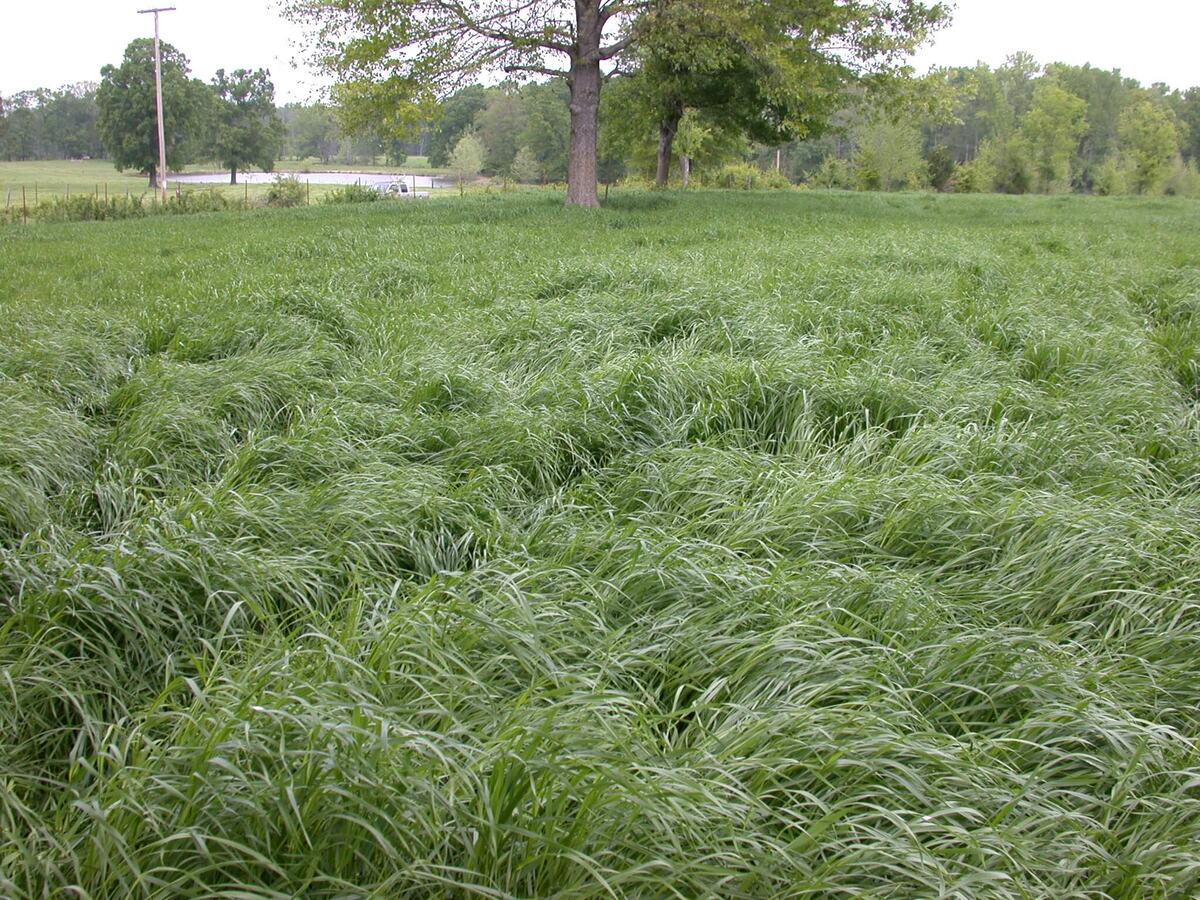
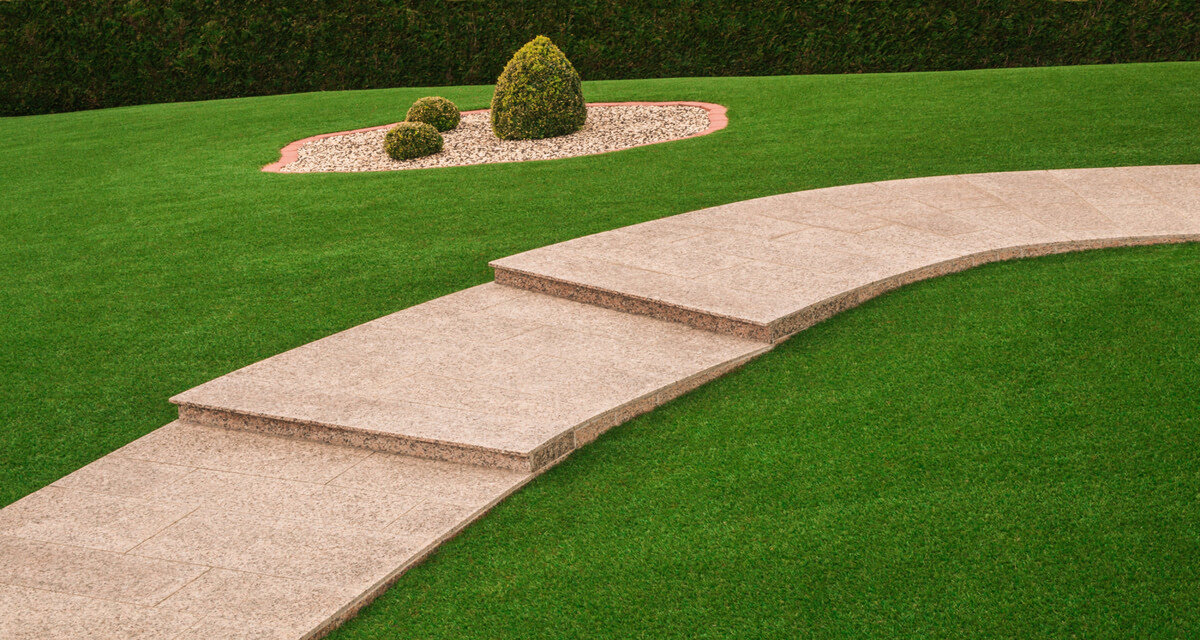
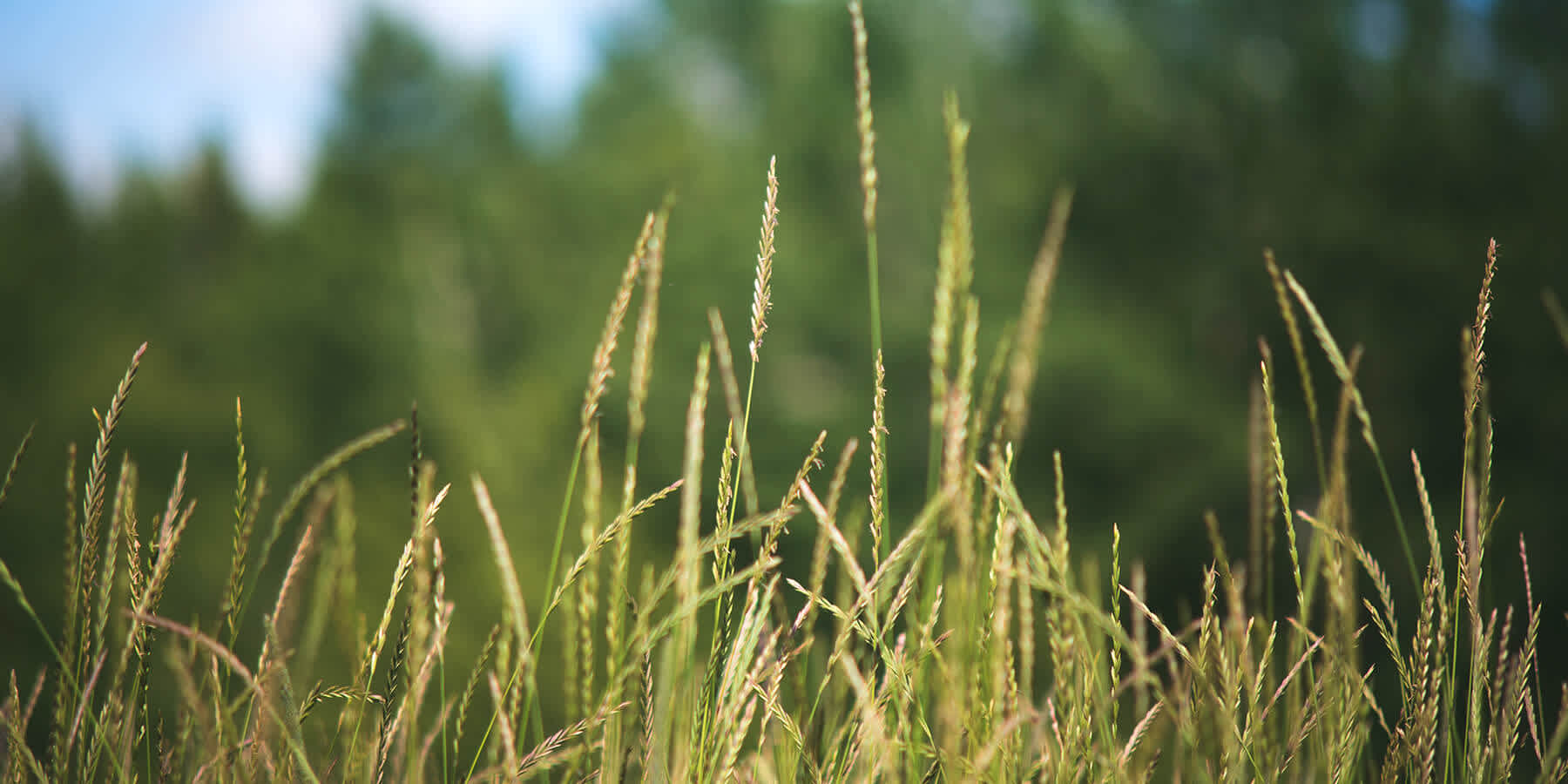

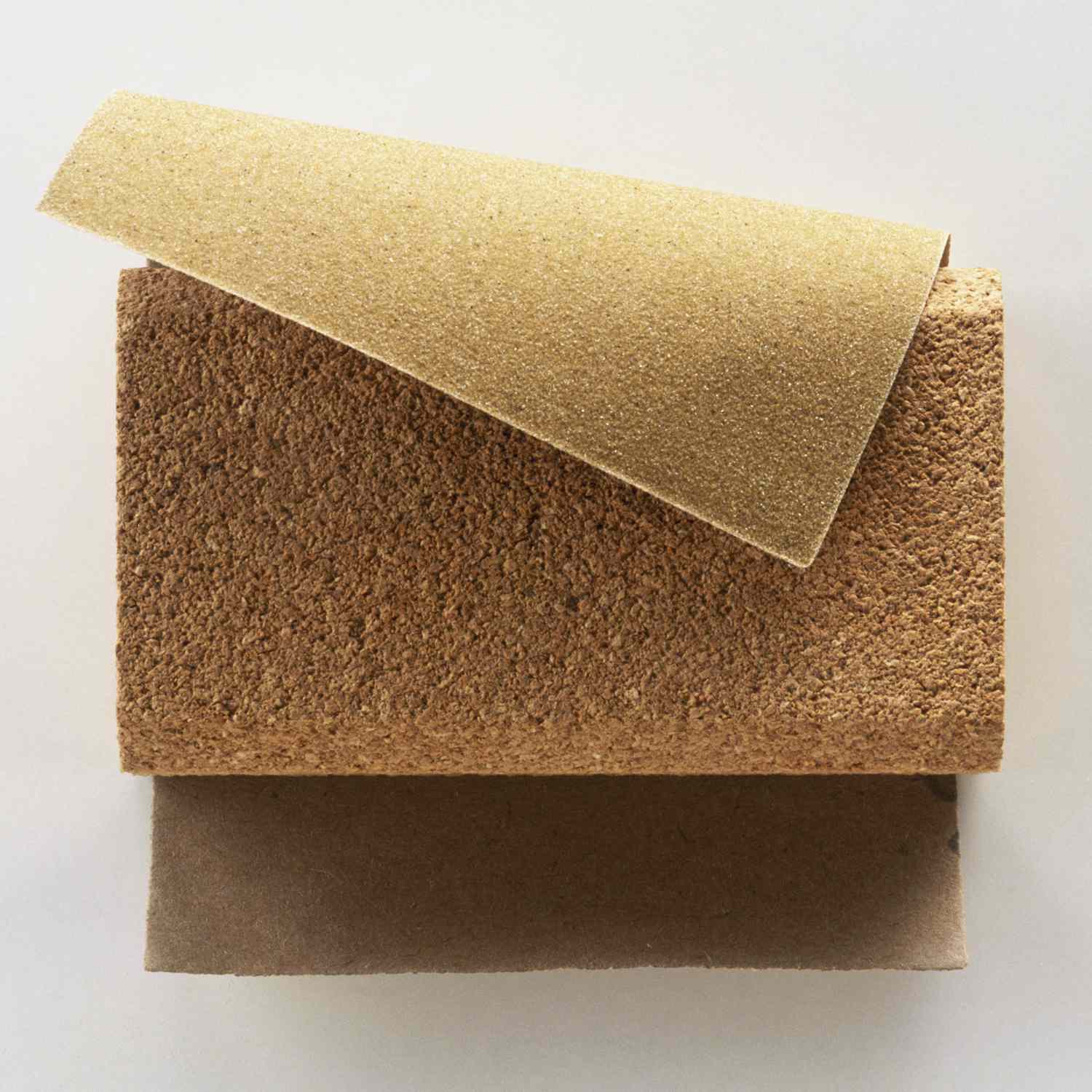


0 thoughts on “How Long Does June Grass Last”